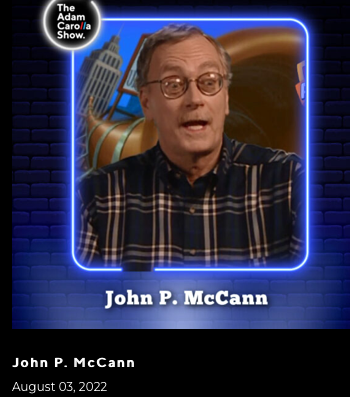 |
| Happy Thanksgiving! |
"I would maintain that thanks are the highest form of thought, and that gratitude is happiness doubled by wonder." — G.K. Chesterton
Lo! An article written for a website five years ago. Publication was cancelled, a kill-fee paid, and the light of day for said article shone on my very own blog.
 |
| motarcitytimes.com |
My
Midwestern family had two Thanksgiving traditions. One involved placing a pot
of boiled cranberries outside to chill. The second tradition revolved around
watching football . . . or at least having the game on in the background while
cards were played, the Almighty invoked, drumsticks munched, and arguments rekindled.
As the 2013 holiday season arrives, let’s quickly examine how a day of feasting
and gratitude hooked up with a robust game of inches.
Professional
football on Thanksgiving started in the 1890s. From then into the first half of
the 20th Century, teams such as the Canton Bulldogs and Massillon
Tigers clashed with their leather helmets, no facemasks and few rules. And while various teams in various
cities continued Thanksgiving play, it wasn’t until 1934 that T-Day football as
currently recognized formed thanks to G.A. Richards.
Mr.
Richards had recently purchased an NFL team, the Portsmouth (Ohio) Spartans. He
moved them to Detroit and rechristened his team the Lions. But the baseball Tigers
were the Motor City darlings. Wanting to start a buzz, Richards scheduled a
Thanksgiving Day contest with the undefeated Chicago Bears. As it turned out,
the Lions had an excellent 10 – 1 squad primed to meet the 11 – 0 Monsters of
the Midway. Tickets sold out two weeks prior to the clash. The Lions lost 19 –
16 but a tradition was born. Except for six years from 1939 – 1944, the Lions have
played on every Thanksgiving.
But
it would take another 22 years for Detroit’s T-Day tussle to go national. In
1956, the first Thanksgiving Day game was televised as the Lions dropped a
close one at the wire to the Green Bay Packers, 24 – 20. What we now assume normal
was born: televised pro football on Turkey Day.
Our
last contemporary puzzle piece took another decade to drop into place. In 1966,
the Dallas Cowboys commenced their run as the second T-Day game. For the last
47 years, with only two exceptions, the Cowboys and Lions have played on
Thanksgiving Day. Starting in 2006, the NFL added a night contest featuring two
at-large teams. Now tryptophan-filled football junkies can have their fill in
several ways.
But
let’s close with the American tradition of do-it-yourself. On Thanksgiving, in backyards
and parks all across the country, ad hoc Turkey Bowl games will be underway.
Touch or tackle, these contests pit family and friends against one another for
bragging rights or just a way to let off holiday steam. And while such games
are legion, let me single out one such Turkey Bowl from my old hometown. Now in
its 14th year, the Indo-Jew Bowl takes place every Thanksgiving at a
different park in Skokie, Illinois. Old high school classmates of Jewish
descent line up for nine-man tackle against their sub-continent rivals. Last
year saw the Jews roll to a 41 to 27 victory. But the Indos are hot for payback
come November 28.
So
whether you put your cranberries outside to cool or not; play, watch, or listen
to football, have a most Happy Thanksgiving.



